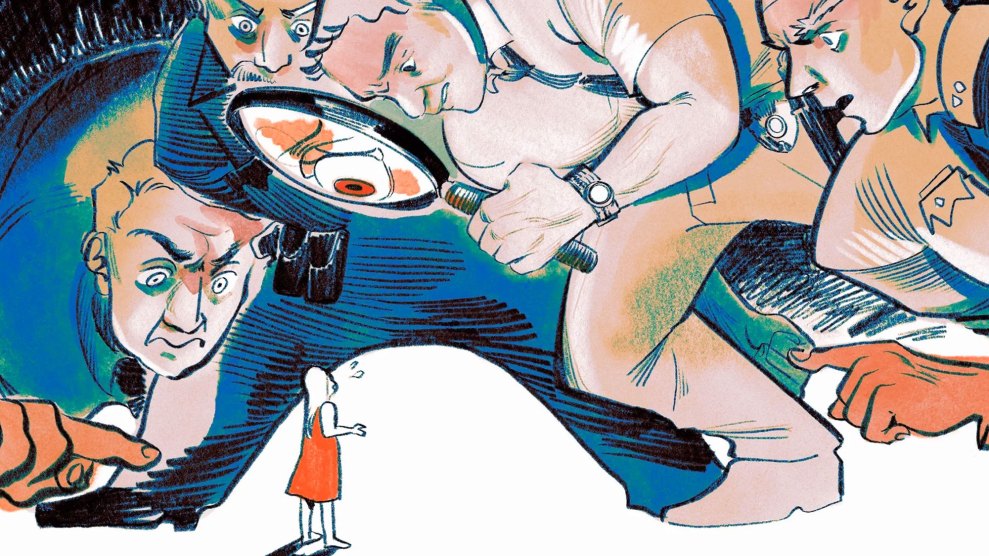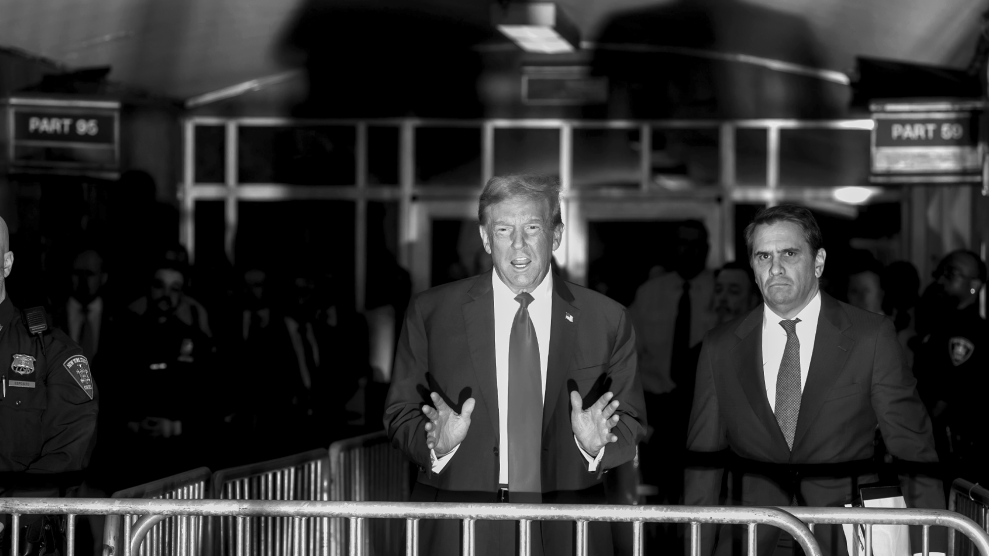The collapse of the Soviet Union robbed NATO of its
raison d’etre. Its relevance has been open to debate
ever since. This weekend’s NATO summit in Istanbul proved
that the alliance isn’t going anywhere soon, but the question
remains whether it can satisfactorily complete its latest
role as a nation-building partner in the war on terror. As
the New York Times observes, the alliance’s mission in
Afghanistan “should have been a chance for NATO to
demonstrate its military relevance in the post-cold-war
world.” So far, it’s not looking good.
The most important announcement at the Istanbul summit
was NATO’s decision to increase the number of its
Afghanistan contingent from 6,500 to 10,000. The Bush administration hyped up NATO’s offer to
train the Iraqi security forces, but as NATO Secretary General Jaap de Hoop admitted to the Times, “How this
training will be worked out I do not know yet.” It is not clear how many
soldiers NATO will send and given the high likelihood
that some of this training will take place outside Iraq,
this is hardly a feat of international diplomacy.
NATO has had some post-Cold War success. It secured the
peace in Bosnia and Herzegovina (though that mission is
scheduled to be handed over to EU forces). Outside of
Europe, its role is less clear. Not that the Bush
administration hasn’t tried to keep it busy.
President Bush, of course, has not gotten what he really
wanted — NATO troops in Iraq –- because France and Germany
made it clear that they had no intention of sending their
troops to clean up his mess. French President Jacques Chirac
bluntly told reporters in Istanbul: “I do
not believe it is [NATO’s] mission to intervene in Iraq.” So
the administration has had to settle with using the alliance
to help train the Iraqi police.
However, Afghanistan remains squarely in NATO’s
portfolio — and it is on the brink of failure. It is hoped
that that the additional troops will help NATO establish
more of a presence outside the capital of Kabul — the only
area the central government really controls. But this
increase is hardly sufficient if the presidential elections
scheduled for this fall are to go off without a hitch.
Indeed, the announced troop increase is
several thousand short of what the
U.N. and the government of Afghan President Hamid Karzai say
is needed to establish security in the country. As Sam
Zarifi of
Human Rights Watch told the Christian Science
Monitor:
“If the elections don’t take
place because of insecurity, or if they… are not free and
fair, the blame will rest squarely on the heads of the U.S.
and its NATO allies….The Istanbul summit is NATO’s last real
chance to show that it takes its responsibilities toward the
people of Afghanistan seriously.”
With a few days to register remaining, only half of eligible voters in
Afghanistan are signed up to vote. Worse, some of those who
are registered, as well as those who’ve done the
registering, have become terror targets. As news of NATO’s
commitment to bolster its troop numbers in Afghanistan made
headlines, so did the murder of 16 Afghans targeted simply
because they were registered to vote. In a separate
incident, two female campaign workers were
assassinated. These are not random incidents or minor
roadblocks on the road to Afghan democracy. They are
reminders of the systematic lack of security in Afghanistan.
The resurgence of warlords, the narcotics trade, and the
Taliban threaten even the semblance of stability established
in Kabul.
For a brief moment, Afghanistan was at the forefront of
President Bush’s war on terror, but has since become a
neglected stepchild, forgotten in Iraq’s shadow. As Peter
Bergen points out in “The Wrong War,” Mother
Jones‘s cover story this month:
Today, only 20,000 U.S. troops are stationed
in Afghanistan, a country the size of Texas and nearly 50
percent larger than Iraq, where 140,000 U.S. troops haven’t
been enough to create stability. Kathy Gannon, who has
covered Afghanistan for the past 16 years for the
Associated Press, says that the security situation is
“as bad as it’s ever been” — and that includes the years
during and before the Taliban reign. The power of regional
warlords has surged, challenging Hamid Karzai’s central
government and creating space for the Taliban to quietly
emerge from the shadows. Taliban leader Mullah Omar and
military commander Jalaluddin Haqqani both remain at large,
as does Gulbuddin Hekmatyar, a Pashtun warlord whose forces
are regularly engaging U.S. soldiers. Meanwhile, Afghanistan
has become the world’s largest source of opium, the raw
material for heroin. The country is now one of the world’s
leading narco-states, and money from the $2.3 billion drug
trade is reportedly making its way into Al Qaeda’s coffers.
According to Barnett Rubin, a senior fellow at New York
University and an authority on the region, Afghanistan is
“obviously in danger of reverting to a failed
state.”
Considering that the war in Afghanistan was the one which
the U.S. and the Europe (both “old” and “new”) could agree
on, it is ironic that this trans-Atlantic consensus has not
translated into a coherent strategy on the ground.
NATO can rightfully take credit for stopping bloodshed in
the Balkans. Its new and prospective members from Central and
Eastern European states, meanwhile, guarantee the alliance’s
expansion. Russia is unlikely to join NATO, but it hasn’t
stopped the ex-Soviet Baltic states from joining, and it is
part of NATO’s Partnership for Peace program. This week,
NATO offered to extend its military ties with Israel, Egypt, and Jordan. In short, NATO
is not lacking in members or partners; its survival is not
in question. What is in question is its success in
Afghanistan and by extension, its effectiveness in coping
with its post-Cold War mandate to combat
terrorism. What could be a better
testament to NATO’s enduring relevance than to ensure that Afghanistan does not, once again, become a failed state?















